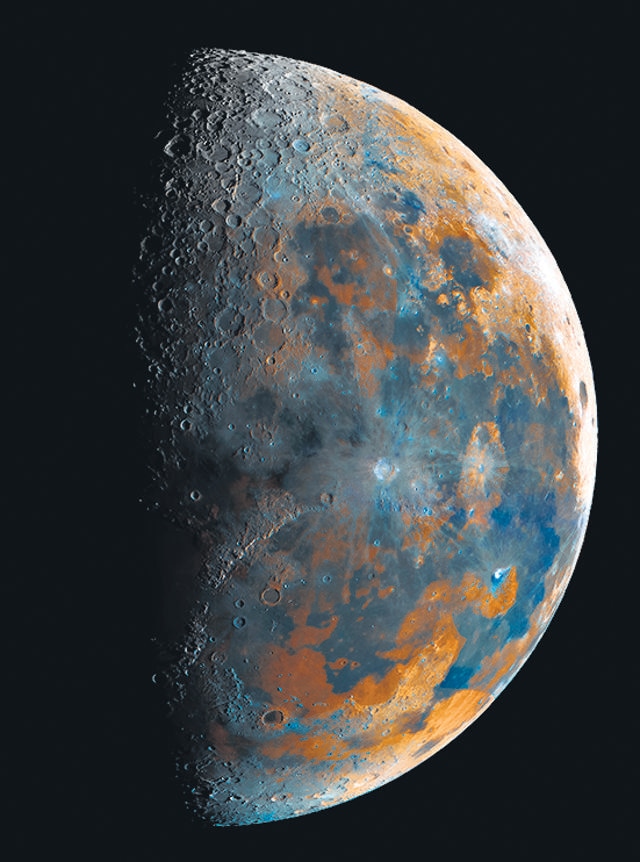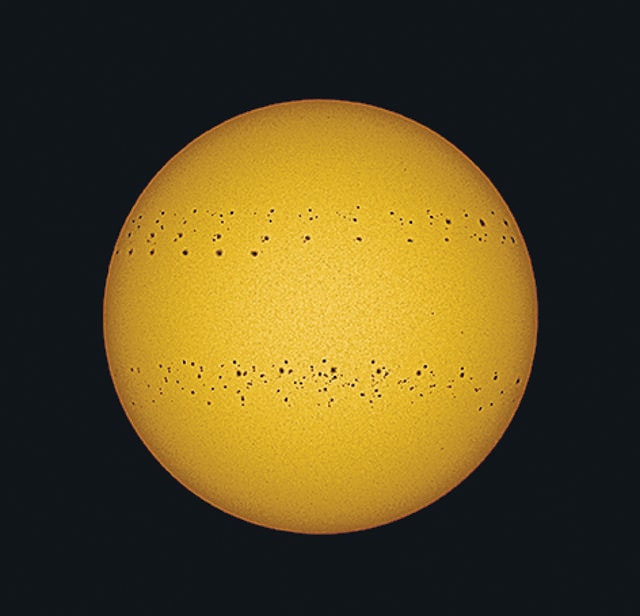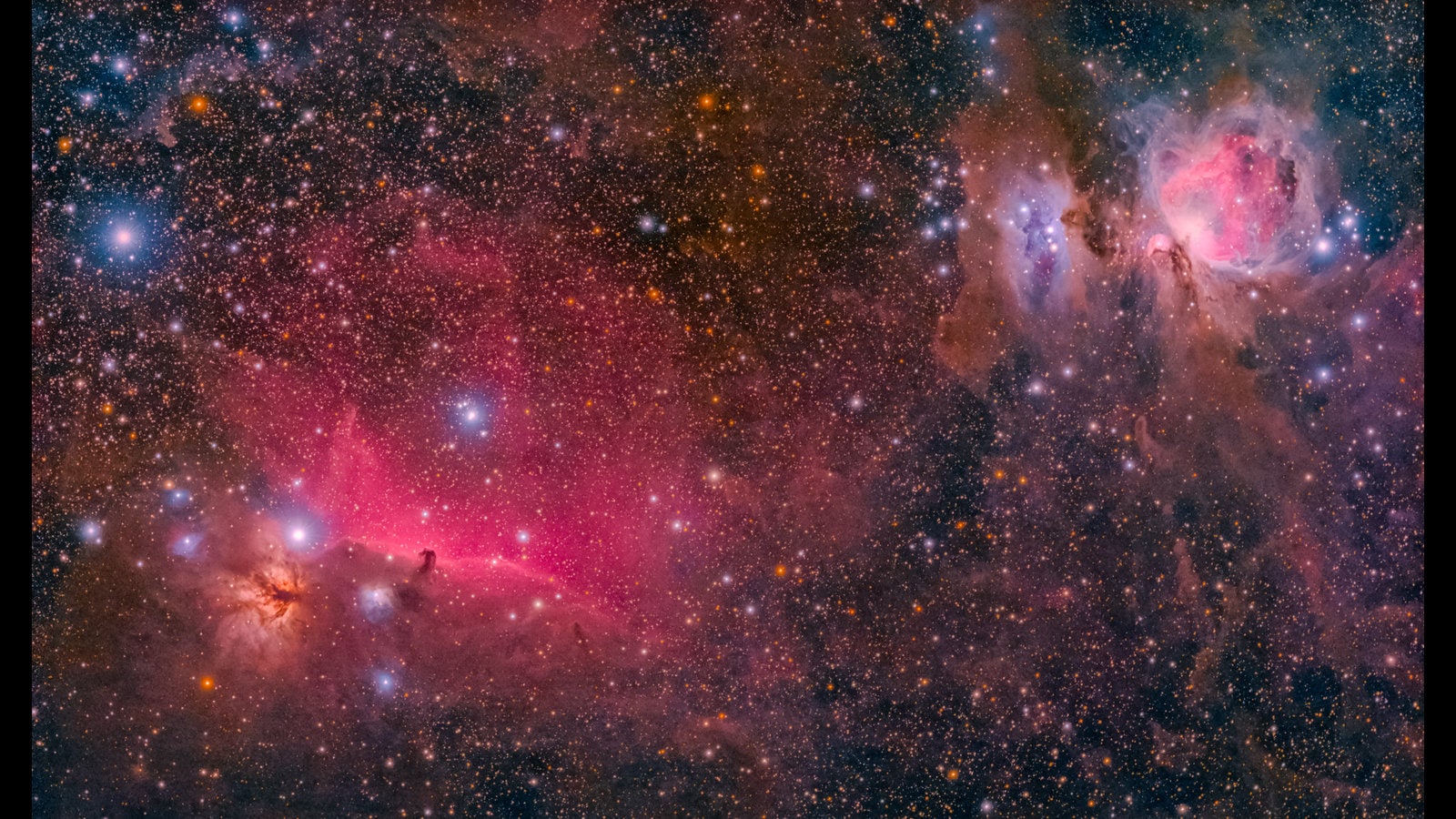For millennia, the night time sky has fascinated the human race. From folks tales to poems, tracks and films, its sway has not waned. Today, it’s feasible to zoom in on areas of the galaxy from an typical rooftop, and the most recent popular quests are about capturing what a single sees.
Amateur photographers throughout the nation are teaching their lenses on the skies and coming away with illustrations or photos of the sun’s coolest places, shadows on the moon, distant galaxies and colourful nebulas. These are pictures captured in significant-resolution and colour, making use of generally DSLRs paired with telescopes and units that adjust for things this kind of as photo voltaic glare and the rotation of the Earth. Quite a few newbie astro-photographers share, examine and explore their function on the internet, on closed teams and on general public internet pages on Reddit, Instagram and Telegram, as perfectly as offline, at amateur astronomy golf equipment.
In Might, a person these kinds of image went viral: 16-12 months-outdated Pune boy Prathamesh Jaju’s impression of blue and brown swirls on the surface area of the moon (from lunar mineral deposits). On a distinct night, the Class 10 university student was waiting around for Jupiter and Saturn to rise when he was drawn by how stunning the moon seemed. With his DSLR fastened to a telescope and mounted on an equatorial tracker (to compensate for the earth’s movement), he decided to consider the sharpest and most detailed impression he could control.
He divided his perspective of the moon into 38 parts, and created small even now video clips of every magnified space, and gathered above 50,000 frames. They took up 186 GB, and taking pictures and processing took a combined 40 several hours. “All the processing just about killed my laptop,” Jaju says.
Over the up coming few times, utilizing stacking computer software, he stacked all the frames one particular on the other, to accomplish as much clarity as feasible. He then stitched the 38 sections alongside one another, corrected for color and published on Reddit and Instagram. The visuals were shared, appreciated, retweeted and created about in the mainstream media. They now have just under 2 lakh likes on Instagram.

But they weren’t a joyful accident. In addition to the virtually two days of genuine get the job done, the moon visuals were the consequence of 3 years of honing his talent as a hobbyist astro-photographer. Jaju signed up with one particular of India’s oldest amateur astronomy golf equipment, Jyotirvidya Parisanstha, in Pune, at 13. He has since attended a lot of “star parties”, exactly where astronomy lovers drive out of their light-polluted metropolis collectively to view, examine and admire the night time sky.
It fascinated him, Jaju says, what when they had been shooting deep-sky objects like the Orion nebula, they were being capturing them as they were hundreds of yrs in the past. “It’s mindblowing when you check out to consider about it.”
In the lockdown, far more stargazers have turned to astro-pictures, some of which can be carried out with basic gear, but a lot more significantly needs time and persistence. It assists that there is a lively local community to tap into for ideas and technical literature, such as the @astrophotography.india webpage on Instagram, curating the ideal shots from India considering that 2019 and the Astrophotography India Telegram team started in January 2020.
Soumyadeep Mukherjee, 27, a linguistics investigate scholar at IIT-Kanpur at present back again residence in Kolkata, claims he commenced to practice his DSLR on the skies in the first lockdown. He tapped into the teams for suggestions, and observed his market. He shoots at evening, but his correct muse is the Sunlight.

For over 200 times, with his digital camera fitted with a telephoto lens (usually utilised in prolonged variety wildlife images) and a photo voltaic filter, Mukherjee has been pointing and capturing. He aims to doc the sun’s motion above a calendar year, tracking the incidence and motion of sunshine places, which are the coolest regions on the burning star.
A person detail the pandemic hasn’t served with is vacation, which is a big element of astrophotography. Ladakh, the Spiti valley and northern Sikkim are regarded the Mecca for astro-photographers. They are Bortle 1 zones, which mean they have small light-weight air pollution and the darkest skies. That hasn’t dimmed enthusiasm, though. If something, it is made astro-photographers in India’s above-lit cities more identified.
“People started taking pictures the sky from their homes, and I was amazed by the high-quality of pictures they were getting,” states Nihal Amin, 26, a programme manager at an electric powered bicycle business in Bengaluru and administrator of equally the Telegram and Instagram group. “The very first graphic that shocked me arrived in April last year, when 1 of our users Sanketh Hiremat produced a really vibrant, very in-depth image of the Milky Way shot from his terrace in Bengaluru.”
Before, a person would not have bothered to even try out, Amin suggests, in particular presented that Bengaluru is a Bortle 8 zone at most effective. “But some of the guys are building it possible. The tech to do this was constantly there, it is just that no one was undertaking it.”

Please indicator in to proceed studying
- Get entry to exceptional content articles, newsletters, alerts and suggestions
- Go through, share and save content of enduring price



